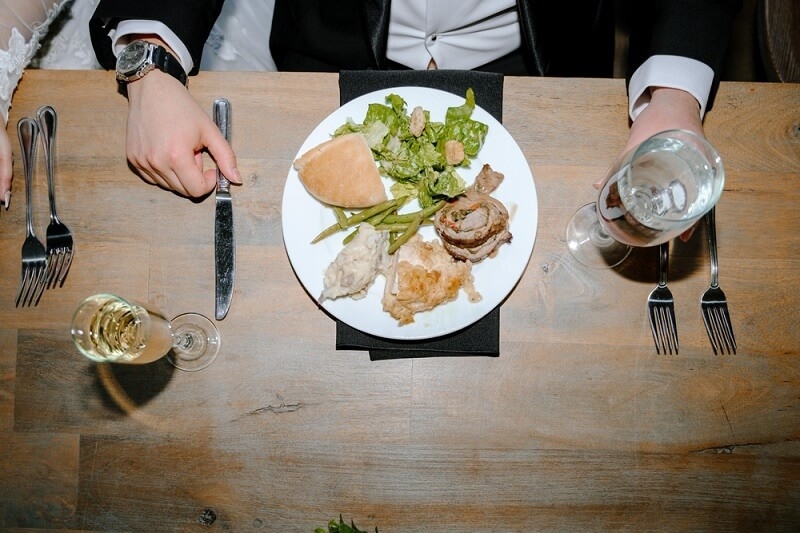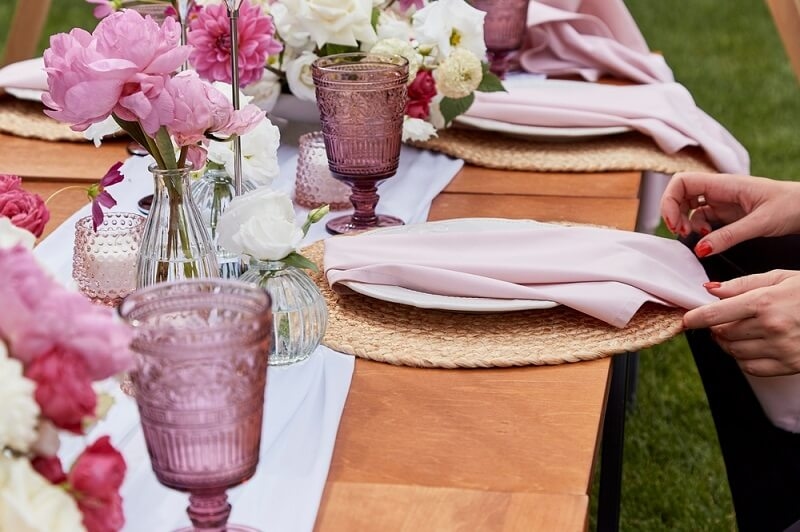
When a person goes out to restaurants in the United States, it can be an enjoyable experience, but there are some etiquette that one must follow. As an American, a foreign visitor, or simply one who wants to improve their etiquette, it is necessary to know something about the U.S. manners in restaurants. Whether it is the way to act during the meal or tipping culture, this guide will make you feel at ease and respectful of the American restaurant culture. So, do you think we should find out what we need to know about American restaurant etiquette tips, the tips, and other cultural food habits that we believe every diner is expected to know?
It is necessary to learn the general picture of the dining in the United States before digging deeper into the particular rules. Here, it is also a popular practice to eat out, and Americans mostly take their families and friends, or colleagues out to a restaurant. Courtesy, employee respect, and hygiene are regarded as important elements of the dining process.
Even at fast-food restaurants or any casual diner, upholding the minimum politeness is what is demanded. Using please and thank you can do much. Nevertheless, it is not wise to be loud, messy, or distracting.
Tipping is a fundamental practice during U.S dinners, unlike in certain nations where tipping is not part of service. At the restaurant, in the U.S., workers count on tips as the basis of their salaries, so it can be viewed as impolite or unjust to forego this step.

The best way to start with American restaurant etiquette is upon entering a place. Once you find a seat and are ready to take your meal, not doing the following steps is going to make your experience less pleasant and more disrespectful.
In many restaurants, a host will greet you and show you to your table. Wait for them instead of sitting yourself unless it's a self-serve or casual place.
Once seated, unfold your napkin and place it on your lap. Don’t use it to blow your nose or clean the table. When finished, place it neatly beside your plate.
A good rule of how to eat out respectfully is to wait until everyone at your table has their food before you start eating. It shows courtesy and patience.
In the U.S., it’s common to use the fork in your right hand and the knife in the left. However, the "continental style" (fork in left, knife in right) is also acceptable. Avoid using your fingers unless the food is meant to be eaten that way (e.g., burgers, fries, pizza).
One of the most basic table manners—always chew quietly with your mouth closed. Avoid talking with food in your mouth or slurping drinks.
Ask someone to pass an item rather than reaching across others. It’s polite and prevents accidents.
Tipping is one of the most important elements of U.S. dining etiquette, and understanding it is key to having a positive experience.
The typical tip in the U.S. is 15% to 20% of the total bill (before tax). For excellent service, tipping more than 20% is appreciated. If the service was very poor, you may tip 10%, but it's rare to leave nothing at all.
In some restaurants, especially in tourist areas or for large groups, a gratuity (tip) may be added automatically. Check your bill before tipping to avoid double tipping.
Remember that your tip reflects the server's efforts, not just how the food tasted. If your food wasn’t great, speak politely to the manager, but don’t punish the server unless they were directly responsible.
Understanding American food customs helps avoid awkward situations, especially when you're unfamiliar with the local dining norms.
Most restaurants will offer you tap water for free. If you want bottled or sparkling water, you’ll need to ask, and it may cost extra.
American restaurants are known for large servings. Don’t feel pressured to finish your plate. Taking leftovers home is common—just ask for a "to-go box."
In casual or family-style dining, sharing appetizers or desserts is common. Just be sure to use serving utensils and not your fork.
It’s common to be offered coffee after a meal, especially in diners or at brunch. Americans often drink coffee with dessert or as a way to end their dining experience.
How you treat waiters, hosts, and other staff says a lot about your manners. Practicing respect and patience is an important part of how to eat out respectfully.
Always greet your server with a smile and say “please” and “thank you.” Avoid snapping fingers, raising your voice, or being rude.
If the restaurant is crowded or your server seems rushed, show understanding. Good manners mean being flexible and not demanding.
If something is wrong with your food or service, speak calmly and politely. Ask to talk to the manager if needed, but avoid making a scene or insulting the staff.
Certain situations call for extra attention. Here are some helpful American restaurant manners for specific cases.
If you're bringing kids to a restaurant:
For business dining, keep the tone professional:
If you're celebrating a birthday or anniversary, inform the restaurant ahead. Many places will offer a free dessert or small gesture, but don’t expect it as a rule. Some upscale restaurants may even personalize the dessert plate or include a candle for special moments. Always express gratitude for any complimentary items.
By following the etiquette of dining in the U.S., you indicate that you appreciate the people who surround you as well as their culture. It does not matter whether you are in an expensive restaurant or a simple cafe; it is you who will have the attitude that will define the experience. It is by knowing more about the tipping guide USA that observing correct food customs, the little things matter a lot. Keep in mind that it does not always mean eating; it is also a sign of a polite, good, and pleasurable experience with other people.
This content was created by AI